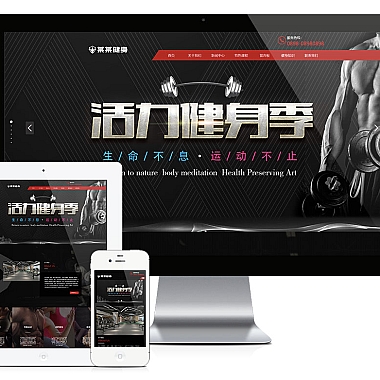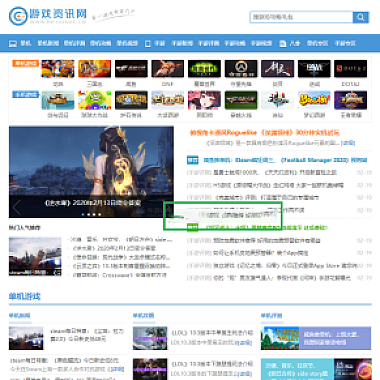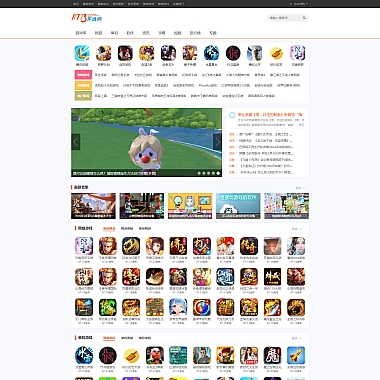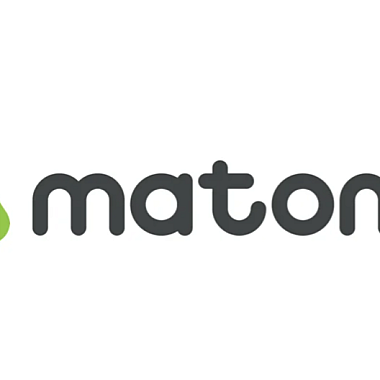bootstrap使用教程-bootstrap操作步骤
在现代Web开发中,为了快速构建响应式和移动设备优先的网页,Bootstrap是一个非常优秀的前端框架解决方案。它提供了一系列样式、组件和JavaScript插件,可以大大简化开发流程,提高开发效率。如何使用Bootstrap,并给出具体的代码示例。
一、引入Bootstrap
要使用Bootstrap,最简单的方式是通过CDN(内容分发网络)来引入。只需在HTML文件的<head>标签中添加以下代码:
html
<!-- 引入Bootstrap CSS -->
<link href="https://cdn.jsdelivr.net/npm/bootstrap@5.3.0-alpha1/dist/css/bootstrap.min.css" rel="external nofollow" rel="stylesheet">
如果你想离线使用Bootstrap,也可以下载整个Bootstrap库到本地项目中,然后通过相对路径引入CSS文件。
二、使用Bootstrap栅格系统布局页面
Bootstrap的栅格系统是创建响应式布局的核心工具。它基于12列网格,可以根据不同屏幕尺寸自动调整布局。下面是一个简单的两栏布局示例:
html</p>
<div class="container">
<div class="row">
<div class="col-md-8">.col-md-8</div>
<div class="col-md-4">.col-md-4</div>
</div>
</div>
<p>```
在这个例子中,当屏幕宽度大于768px时,列占8份宽度,第二列占4份宽度;当屏幕宽度小于768px时,两列会自动变为上下排列的单列。</p>
<h2><h2>三、利用Bootstrap内置组件美化页面</h2></h2>
<p>Bootstrap提供了丰富的内置组件,如按钮、导航栏、卡片等。以按钮为例:</p>
<p>```html
<!-- 默认按钮 -->
<button type="button" class="btn btn-primary">Primary</button>
<button type="button" class="btn btn-secondary">Secondary</button>
<button type="button" class="btn btn-success">Success</button></p>
<p><!-- 按钮大小 -->
<button type="button" class="btn btn-primary btn-lg">Large button</button>
<button type="button" class="btn btn-secondary btn-sm">Small button</button>
除了上述方法外,你还可以自定义Bootstrap主题,通过修改Sass变量或重写CSS样式来满足个性化需求。借助Bootstrap的JavaScript插件(如模态框、轮播图等),可以让页面功能更加强大。
掌握Bootstrap能够帮助我们高效地构建美观且功能完善的网页。随着不断深入学习,你会发现更多实用的功能和技巧。











